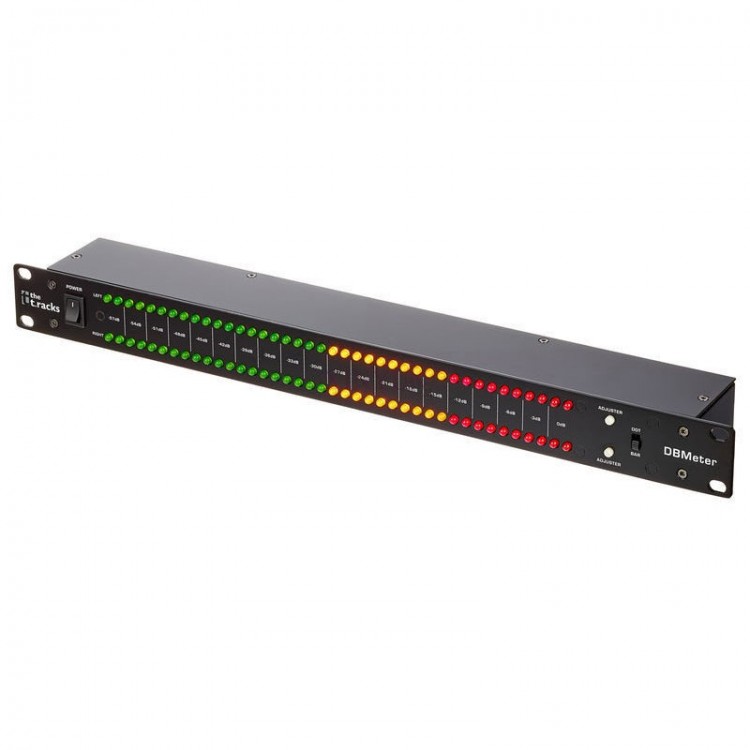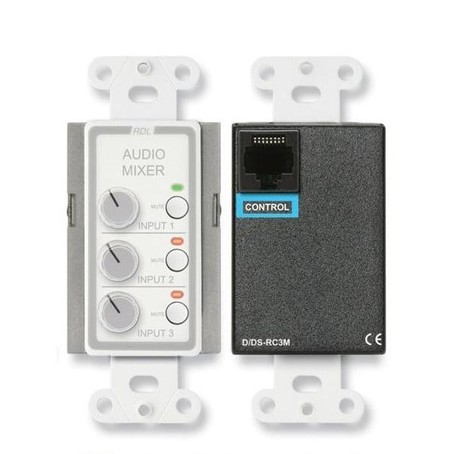

- #Db sound control how to#
- #Db sound control install#
- #Db sound control manual#
- #Db sound control plus#
- #Db sound control professional#
A 3 dB change yields a 100% increase in sound energy and just over a 23% increase in loudness.

In terms of subjective loudness, a 1 dB change yields just over a 7% change. A 1 dB change in a sound equates to about a 26% difference in sound energy (remember that a 3 dB difference is a doubling of energy levels). To look at this question another way, let’s consider the sound energy and loudness measures that I introduced last week. Under these conditions, it’s much easier and much more likely that a person will perceive a difference as small as a single dB. However, in my business, we’re more concerned with variations in volume across a facility and over time because the masking sound is continuously present. If, for example, people in a lab are exposed to two sounds that are separated by a break, then it’s possible that some (because hearing ability varies) will find it challenging to say which of the two was louder. I think it comes from using a different set of test conditions. So do visitors to our office when I demonstrate such a volume adjustment using our system. Based on my experience with sound masking systems, I actually find it rather dramatic. However, I’ve sometimes heard people claim that even a 3 dB volume change is only just noticeable. That means variations of up to 1 dB ought to be pretty much imperceptible, while those at or beyond 1 dB are noticeable. The standard definition of a decibel indicates that it’s roughly the smallest amount of volume change that a person can subjectively perceive. This week, I’m turning my attention to an intriguing question that frequently comes up in my line of business: How much of a dB change is actually noticeable? Step 2: Calibrate compatible headphones/air pods using the "Hearing" program accessible via the Control Center.Last week, I introduced the decibel (dB).
#Db sound control install#
Step 1: Install the "Hearing" program from within the Control Center Settings.
#Db sound control professional#
Step 2: Calibrate the online sound meter with a professional sound meter.Īnd yet another method is to (assuming you own a recent iPhone): Step 1: Calibrate the headphones with a professional sound meter. Step 3: Calibrate the headphones by changing the volume manually using the NIOSH app as a guide while playing the calibration audio files. Step 2: Using the calibrated NIOSH app as a guide, calibrate the online sound meter above. Step 1: Use an acoustic calibrator and calibrate an iPhone sound meter using the free NIOSH SLM app made by the CDC. Just as an example, one sequence to calibrate both the online sound meter and headphones for hearing testing is as follows ( watch video).
#Db sound control manual#
Headphones Manual Calibration (Use with Caution) Obviously, this method of calibration only works if the sound meter is accurately calibrated first. KeepĪdjusting the volume manually on your device's keyboard or headphone so that it averages around the specified decibel ± 3 dB (do not digitally adjust the volume which should be kept at the maximum setting). Microphone and play the calibration file below. If the sound meter is manually calibrated to perfection, it can also now be used to moreĪccurately calibrate the headphones before starting the hearing test too! Place the headphones over the
#Db sound control how to#
Watch video of how to perform a headphone calibration using a sound meter. This calibration is saved on yourĬomputer/device as a cookie and would have to be repeated if cookies are deleted and/or browser cache
#Db sound control plus#
Sound meter (click the grey bar) using the plus and minus buttons. Or acoustic calibrator, you can manually calibrate the In any given home, the most quiet place to perform a hearing test accurately will be Red being anything greater than 60 dB.Orange being loudness level between 50 - 60 dB.Blue being loudness levels between 40 - 50 dB.The color of the box provides an idea of how quiet the room is as well:

Mainly because the microphone itself is not calibrated with sensitivity/gain widely inconsistent amongĭifferent devices. Present in the room with anything less than 40 dB indicating a very quiet room. The central number provides a rough estimate of the instantaneous loudness level You will be prompted to give permission for the program to access While the cancel button resets everything). To start the sound meter, press the play_arrowplay button (the pausepause button pauses


 0 kommentar(er)
0 kommentar(er)
